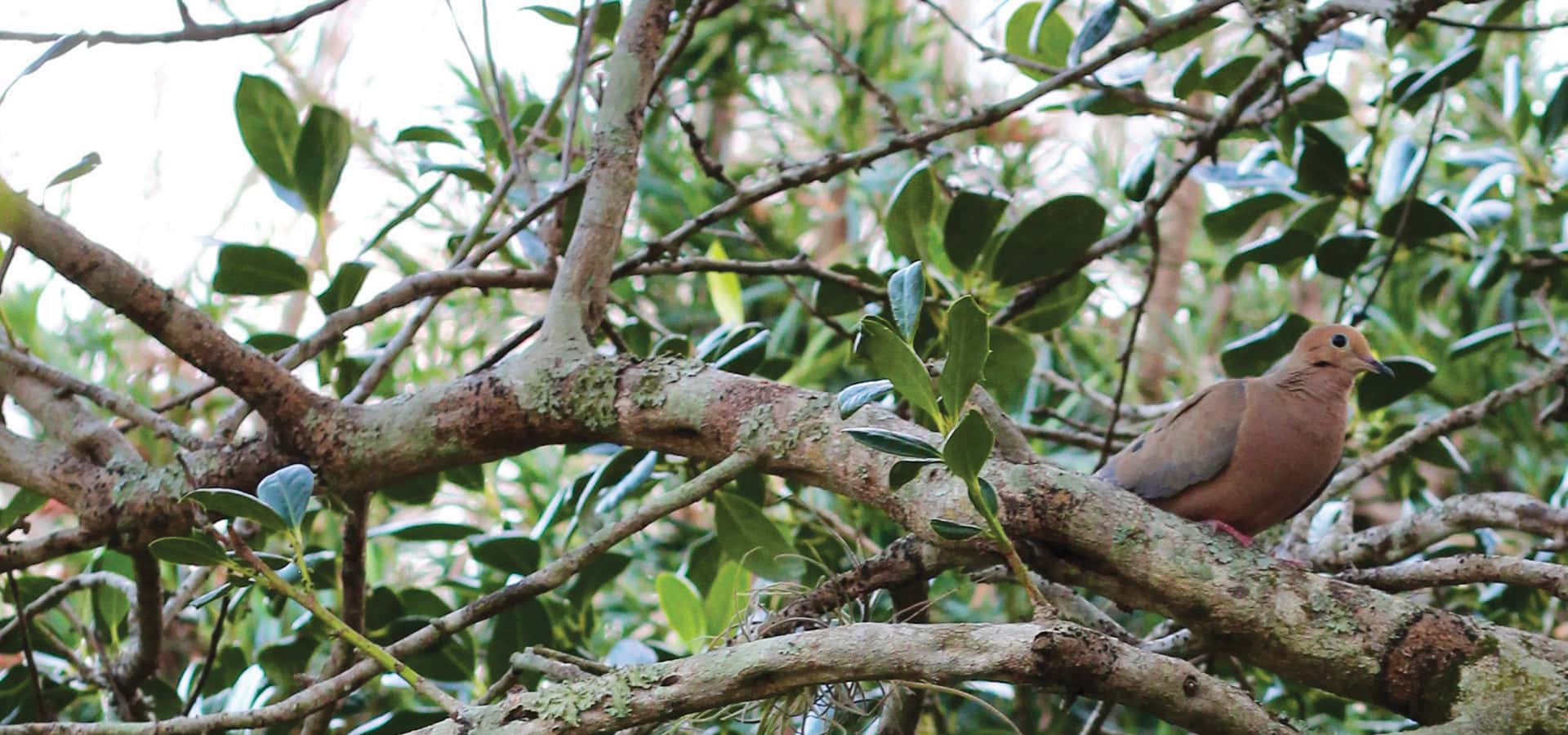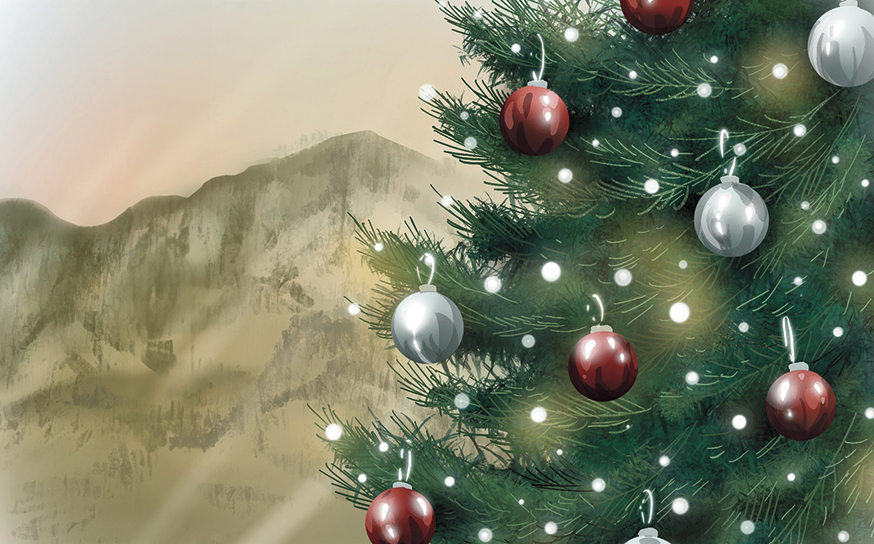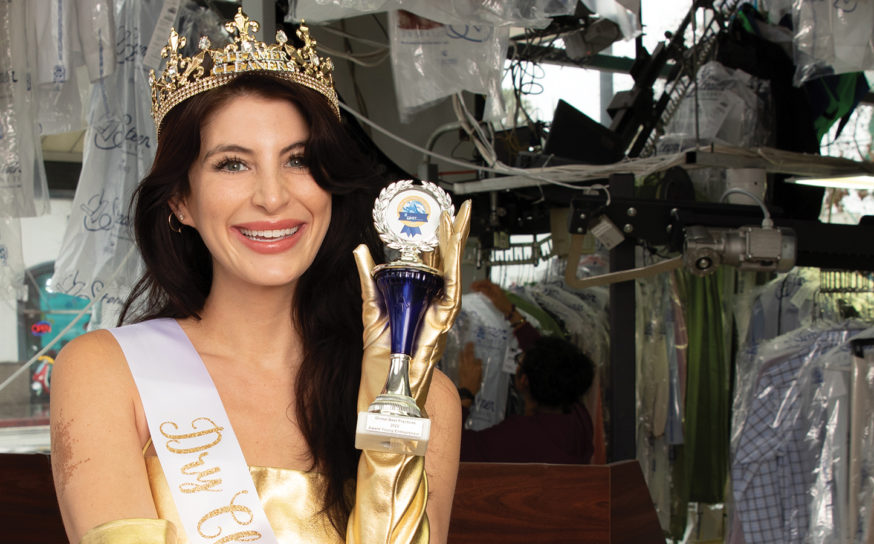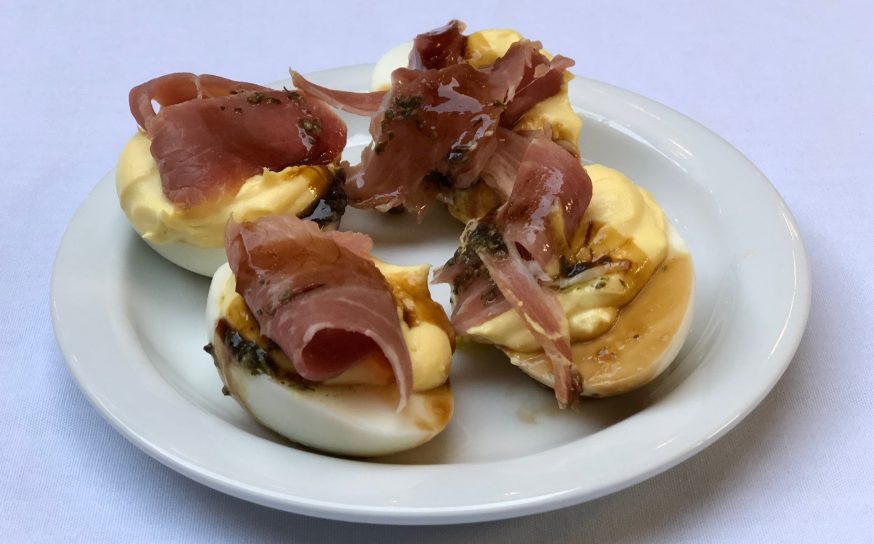
How to Fill Your Garden with Birds—and Reap the Benefits
Bird call.
-
CategoryHomes
 There is nothing like hearing birds sing in spring and summer. Additionally, birds are important to a garden’s ecosystem. Here we chat with Joseph Marini, a modern home economics expert (athomewithjoseph.com) about the importance of birds and how to attract them.
There is nothing like hearing birds sing in spring and summer. Additionally, birds are important to a garden’s ecosystem. Here we chat with Joseph Marini, a modern home economics expert (athomewithjoseph.com) about the importance of birds and how to attract them.
 What should you put in your yard to attract birds?
What should you put in your yard to attract birds?
Have plants, flowers and shrubs at varying heights and densities to provide shelter for birds to feel safe, eat, bathe and protect and raise their young. Provide as many opportunities as possible by planting tall leafy trees as well as evergreens, dense hedges, thickets of grasses, vines that trellis on arbors or along rooftops, and low-lying shrubs to provide cover for food foraging.
What kind of food should you put out?
The idea is to create a natural environment for birds to forage for insects, bugs, worms and caterpillars. Put out feeders in winter and early spring when birds are migrating north and need the additional nutrition. Commercial bird feeds are convenient; however, I recommend buying seeds separately and mixing a blend yourself based on the type of birds that your area attracts. Birds love suet with dried mealworms and dried fruits, such as cherries or cranberries.
Should I put out a birdbath?
Sure. The best place for a birdbath is under the cover of a tall tree or next to a hedge that can provide shade and protection. Direct sun all day long will cause the water to get too hot and grow algae. By placing it in a shaded spot, birds get cooler, clean water. If you have a tree next to a window, put the birdbath under the tree in view of the window from inside so that you can watch the birds bathe without disturbing them.
What about birdhouses?
They can certainly attract birds—and some are quite charming. Before you buy or build one, do some online research on the types of birds you are trying to attract. Know the size of hole that birds in your area require, how high from the floor of the birdhouse the hole should be, and whether or not it should have a perch. Also, will it be placed in the open or in a sheltered location? How high off the ground should it be? Clean out the nest at the end of the season to keep it free of disease.
What about keeping birds away? Like crows.
Crows are intelligent birds and very resilient, i.e., hard to get rid of. They’re natural predators to rodents and are also scavengers that will help by eating perished animals. They can, however, scare away smaller birds. Owls are the natural predator of crows, so hanging a visible owl decoy can help deter crows. You will need to relocate it every so often because the crows will get used to it sitting motionless in one spot.
Lastly, what is the best thing to do when you find a baby bird out of the nest?
First, just let it be. If it is in direct sun or where a predator can get it, move it a short distance to some shade and protection, but not far from where you found it. Watch to see if the parent comes back. Sometimes parents will raise a bird under a bush until it can fly. If you do not see a parent, return it to the nest as quickly as possible. Contrary to old wives’ tales, birds rarely smell your scent on the baby and will not reject it. If neither of these works, put it in something secure lined with an old T-shirt. Keep it warm, but out of the sun. You can also call a local wildlife rehabilitation facility or organization for more specific instructions.












